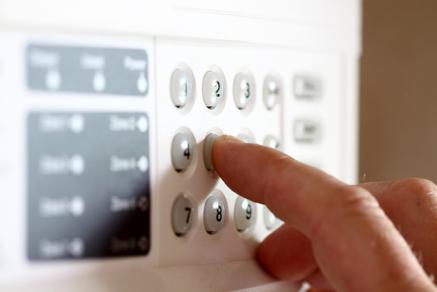
Homes and commercial buildings often have alarm systems to deter thieves and protect assets. Alarm systems often have many controls, which can make it difficult for homeowners and employers to know if they’re getting enough protection.
One of the functions you may see on your alarm system is the term “bypass.” Bypass means to deactivate security in one or more areas – or zones – in your home or business. This means that if anyone enters a bypassed area, the alarm won’t sound. That’s because the security system is not monitoring these zones.
You might find this an unusual function. After all, who would want a specific area to be left unsecured?
When Is a Bypass Useful?
The bypass function is useful for a couple reasons. Those who are remodeling an area of their office or home may want to allow access to this area. This would allow contractors and other workers to enter and exit the room freely without triggering the alarm. You can simply bypass the areas in which the people would be working, instead of turning off the entire alarm system and leaving your home unprotected. The areas of the home not bypassed would still be monitored by the alarm system.

